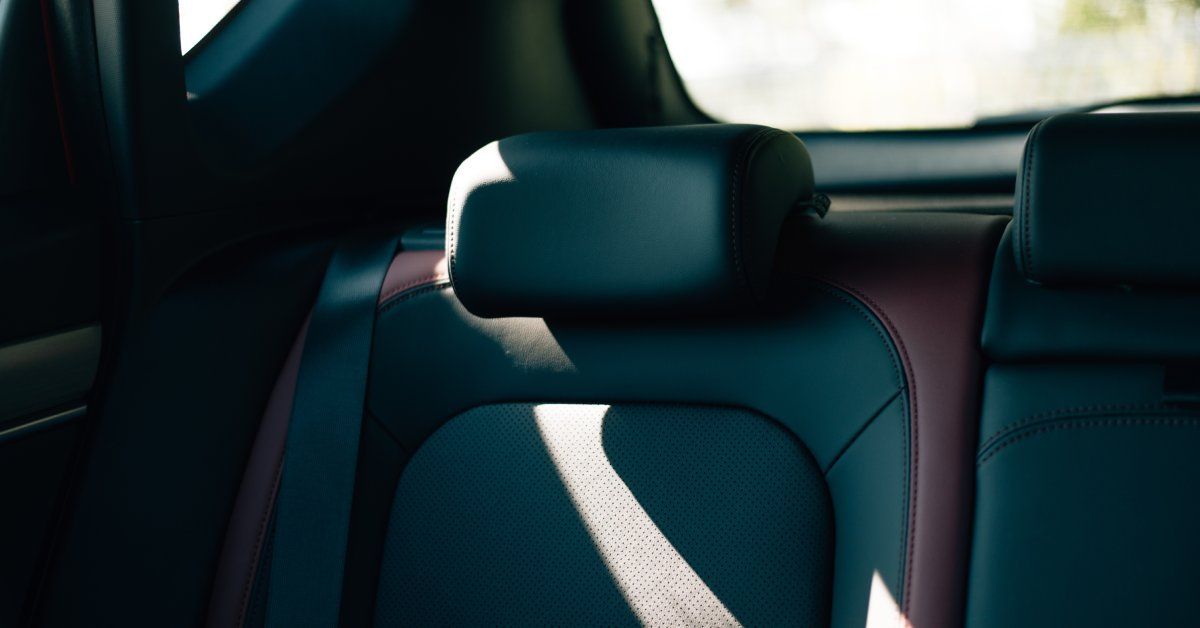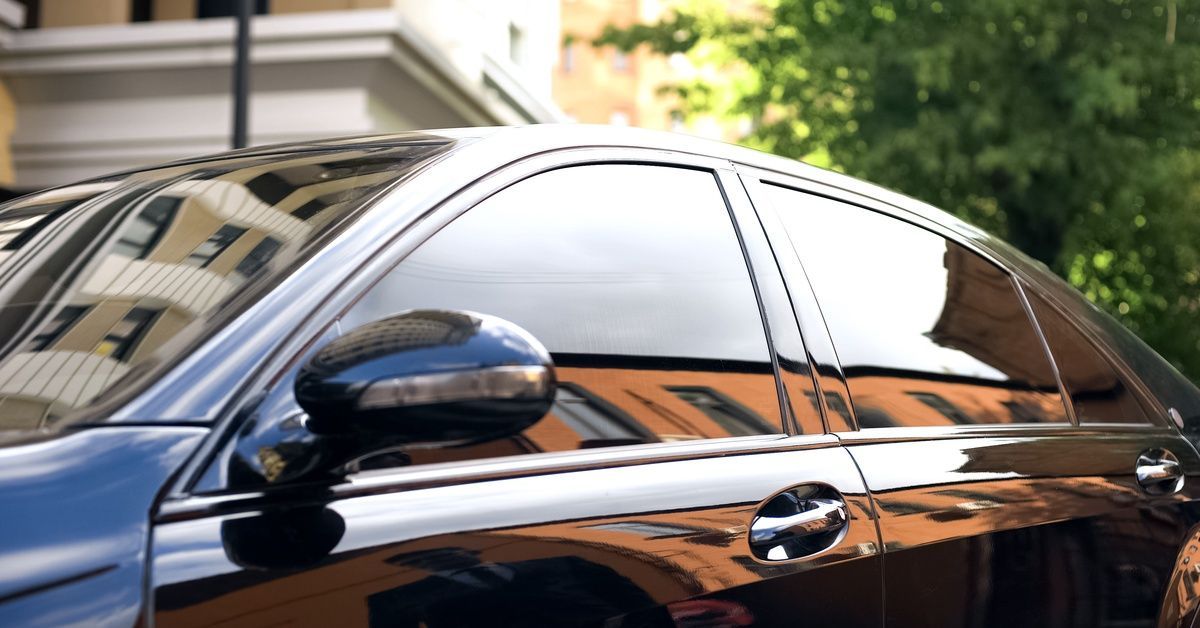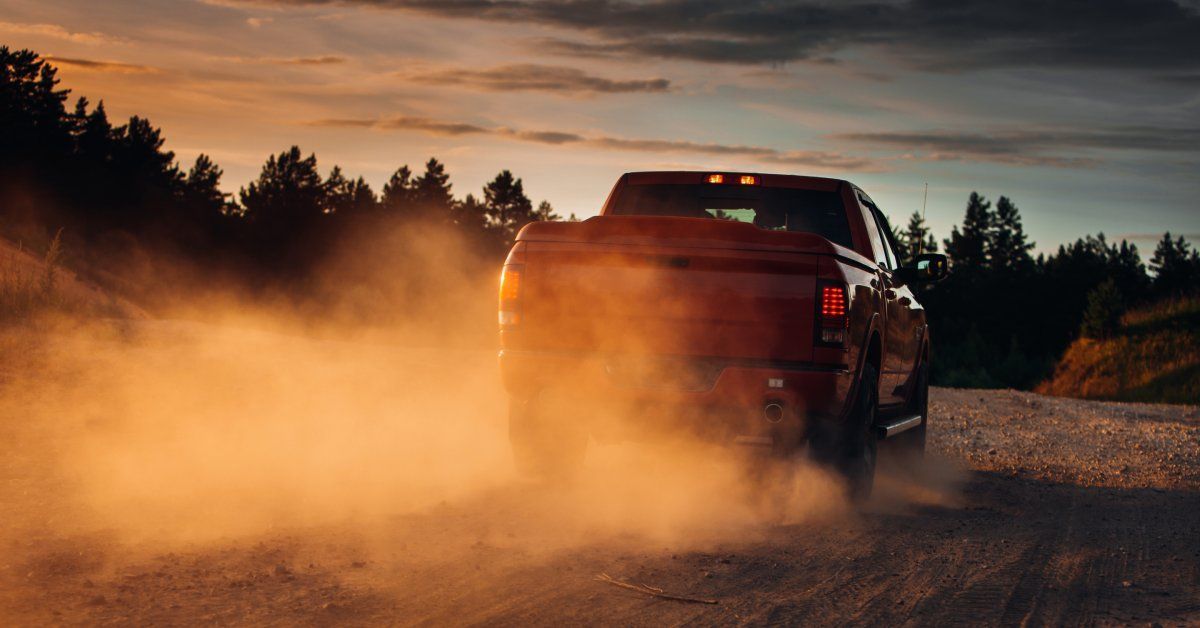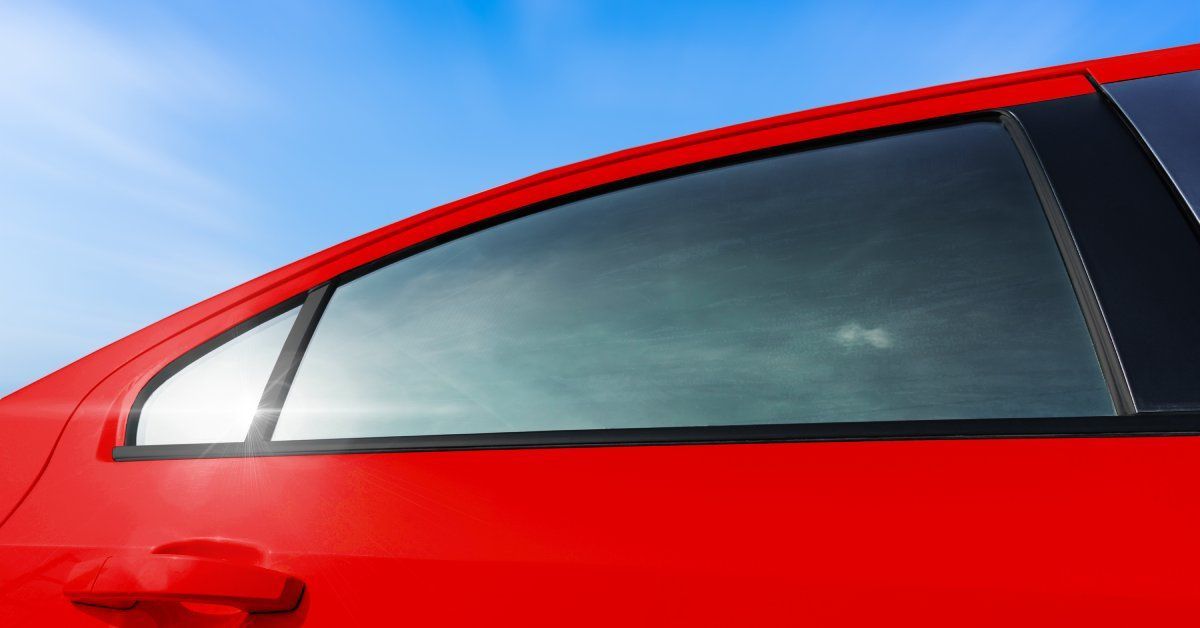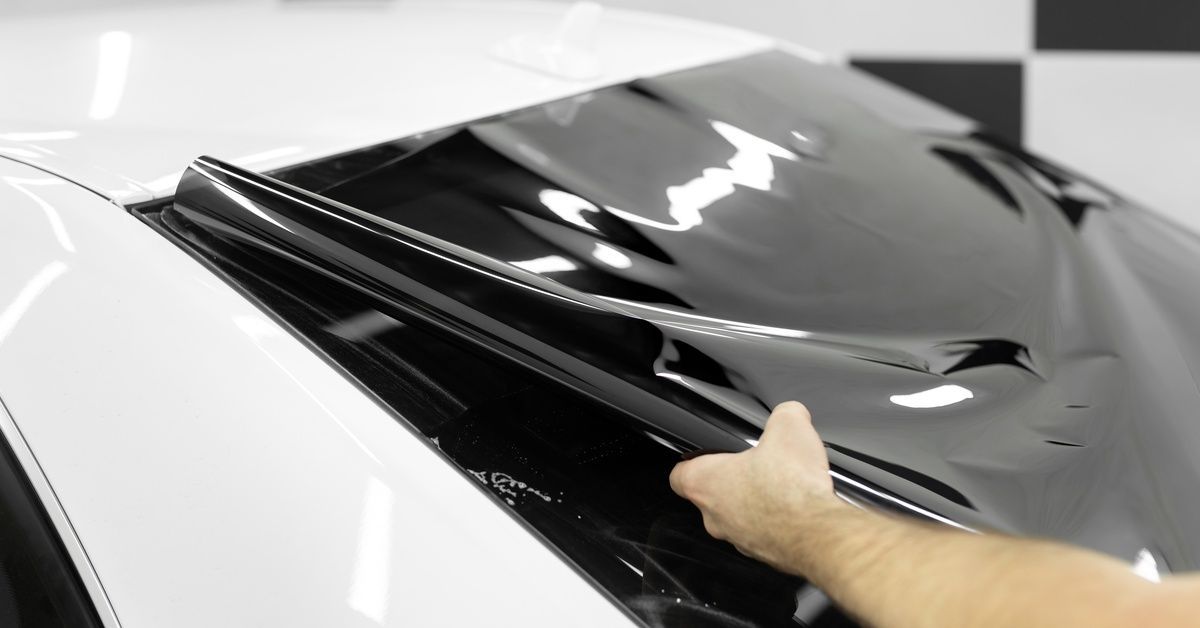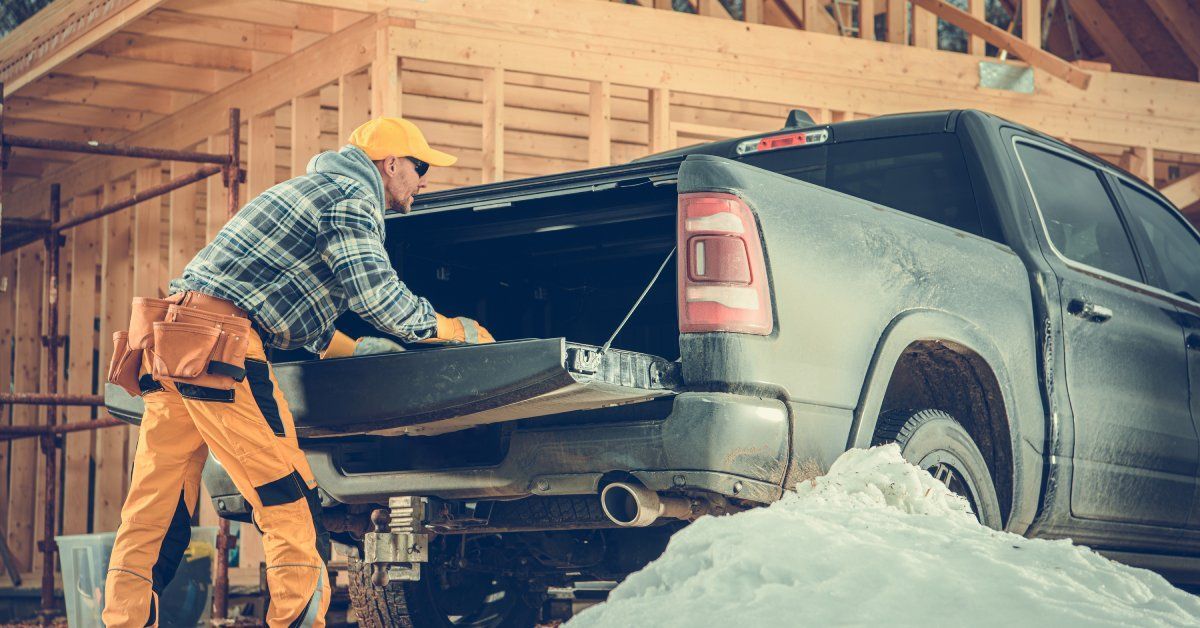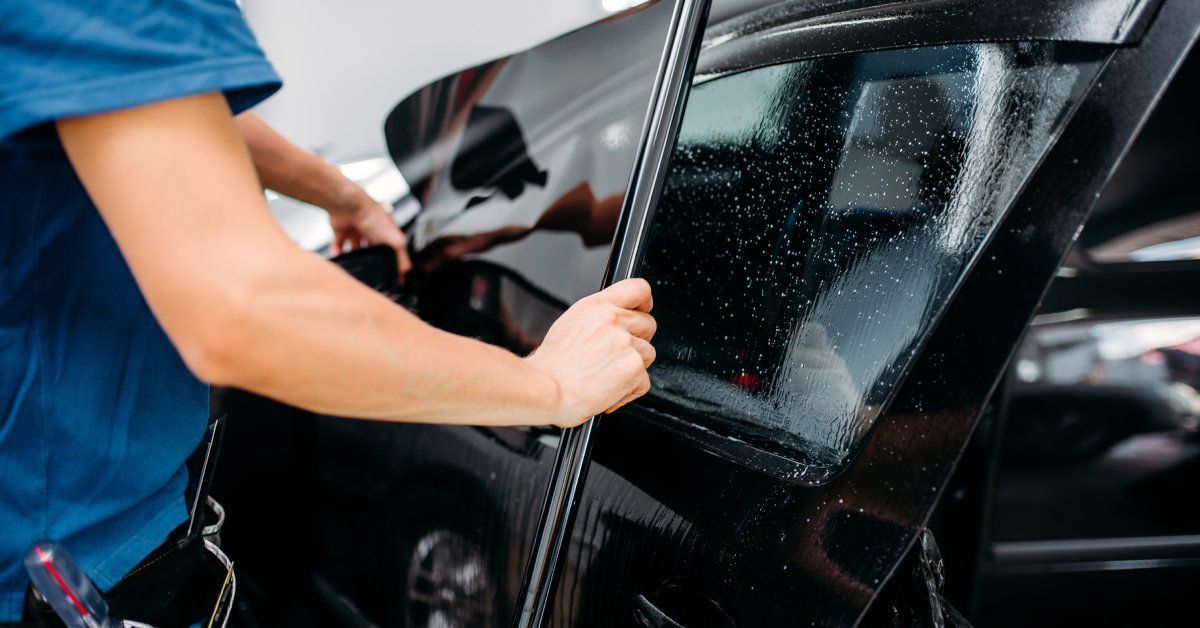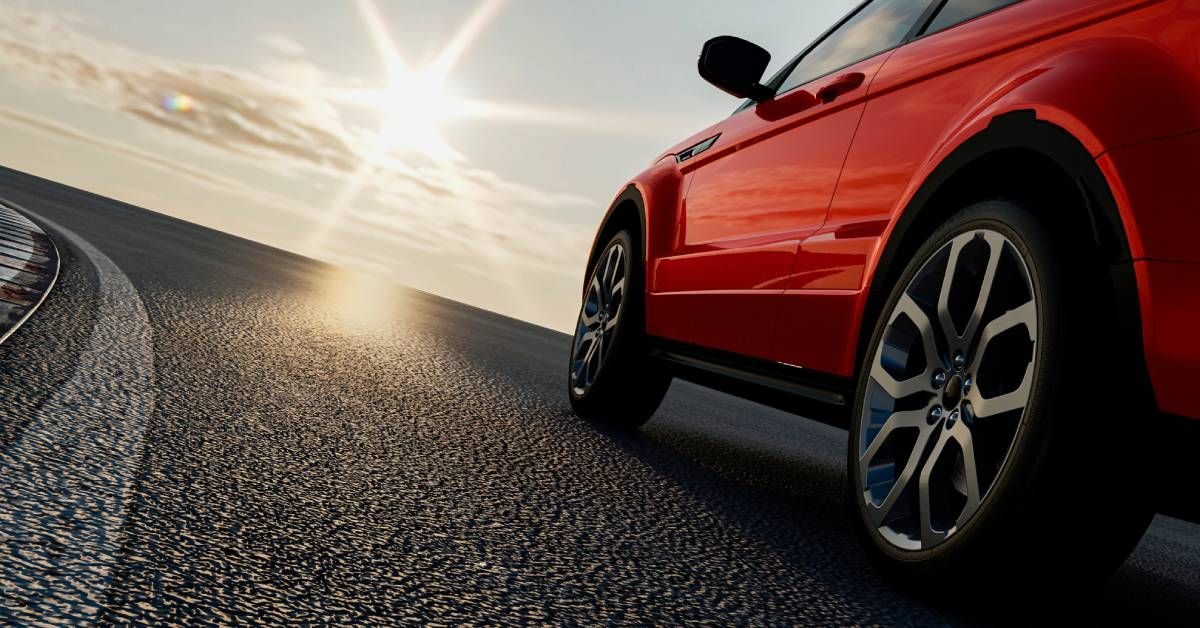How To Choose the Right Tint Shade for Your Ride

Car enthusiasts, let’s talk about a game-changing upgrade that amplifies style and comfort while protecting your investment—car window tints. Choosing a tint includes considering aesthetics and balancing practicality, personal preference, and legal requirements. The impact of tinting windows is massive, so you have to know what you’re in for before deciding. Luckily, we can help you take the next step.
Whether you are new to the tinting scene or looking to upgrade, this guide is here to simplify the process and make your next choice the perfect match. Find out how to choose the right tint shade for your ride .
Decoding Tint Percentages: What Do Those Numbers Mean?
If you’ve been looking into window tints, you have likely heard terms like “five percent tint” or “35 percent VLT.” What does that mean? Visible light transmission (VLT) is a measurement that determines how much light can pass through a window.
For example, a 35 percent tint allows 35 percent of the light to enter the car, meaning it’s dark but still offers decent visibility. On the other hand, a 70 percent tint is lighter, allowing more light to pass through and creating a subtler look.
The ideal tint percentage for your vehicle depends on what you want to achieve. Are you looking for a sleek aesthetic, or are you prioritizing privacy? Understanding VLT percentages is the first step to selecting a tint that aligns with your needs. Keep in mind that a dark tint isn’t always best—you should strike a balance between style and visibility. After reflecting on the aesthetic value of different tint levels, you can focus on some of the most important details, which are the legal requirements.
The Legal Lowdown: Tint Laws in Your State
Before you fall in love with a super dark tint, take a moment to understand the tinting laws in your state or country. This is non-negotiable if you want to drive responsibly after tinting the windows. Every state in the US has regulations governing how dark vehicle windows can be. These laws are in place to ensure safety for you and other drivers on the road.
For instance, certain states in the US allow dark tints on rear windows and have stricter regulations for front windows. That said, you may live in an area that prohibits rear tints altogether. Some regions might even prohibit reflective or mirrored tints.
Consult local tinting laws before doing anything to your car. Investing in a tint that doesn’t comply could lead to fines, or you might be forced to remove it. It’s worth spending time researching local regulations to avoid issues down the line. Plenty of online tools and resources that list tint laws by state—use them to your advantage and make an informed decision.
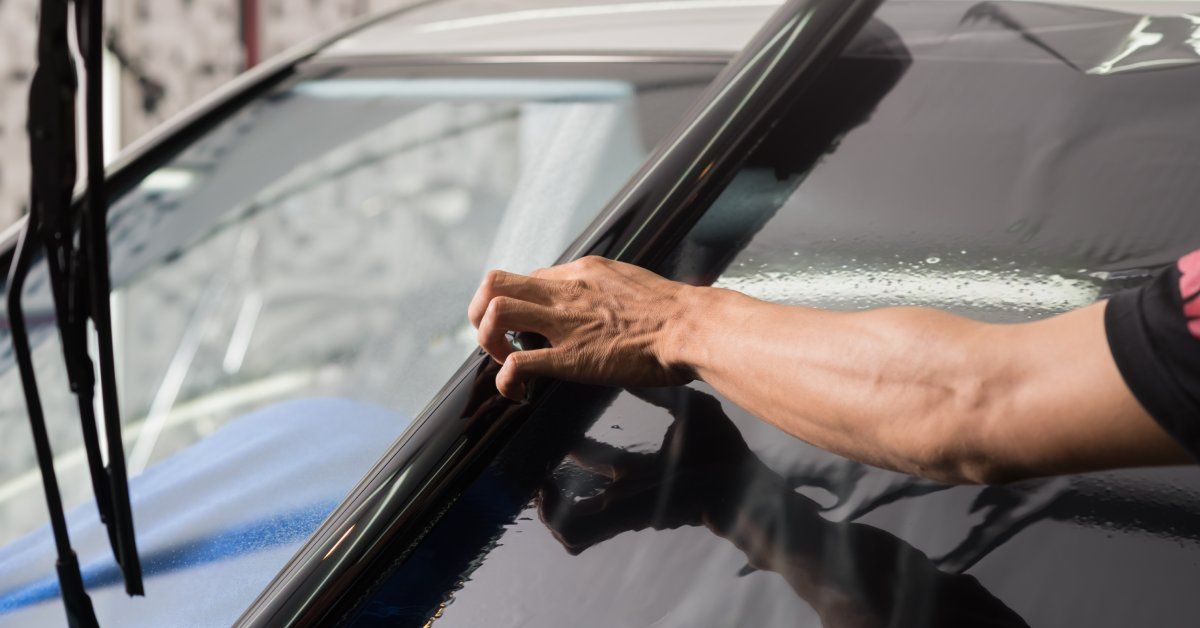
A Matter of Preference: Matching the Tint With Your Vehicle
One of the best ways to choose the right tint shade for your ride is to mix function and style. Your car’s tint should complement its style and color. Think of window tints as accessories for your vehicle.
For light-colored cars, such as white or silver, medium tints provide a nice contrast and a polished look. Meanwhile, dark vehicles (like black or deep blue) tend to look fantastic with dark tints that blend effortlessly into the exterior finish.
This is also where your personal taste plays a huge role. Are you leaning toward a sporty vibe, or do you prefer something more understated? Whatever you’re envisioning, select a shade that enhances your car’s appearance rather than overpowering it.
Beyond the Shade: Other Factors To Consider
While choosing the right shade is undeniably exciting, there’s much more to a high-quality tint than color. Modern tints come with a range of features that can boost their value and functionality.
One key factor is heat rejection. A good tint can slow the interior of your vehicle from heating up. This is especially beneficial on sunny days. It’s a worthy investment for comfort and overworking the AC. Similarly, UV protection tints shield your vehicle cabin from sunlight, reducing long-term sun damage to your car’s interior.
Finally, think about privacy. A dark tint naturally provides more privacy for you and anything you store in your car. How great is it that tinted windows can protect your vehicle from theft when you leave it parked while running errands?
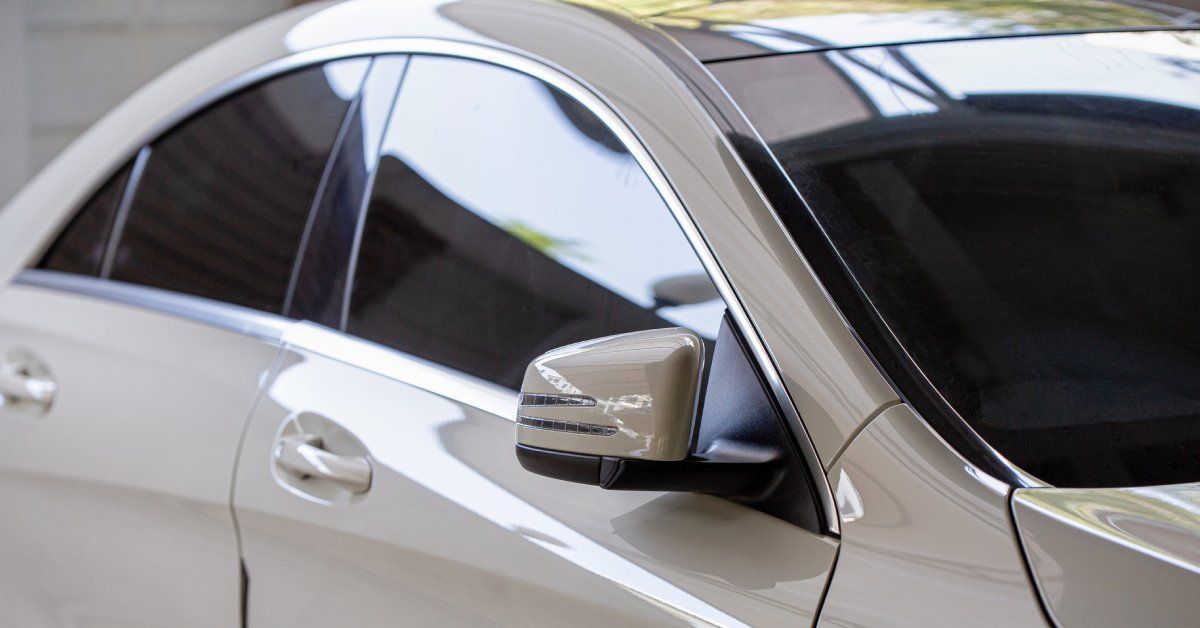
Installation Insights: DIY vs. Professional
Now that you’ve got the perfect tint in mind, you may be wondering, “Should I install this myself or leave it to the pros?” It’s a valid question! Both options have pros and cons.
If you are a seasoned DIYer with the right tools and plenty of patience, installing tints yourself can be a fun and rewarding project. It’s more budget-friendly than leaving things to the pros and gives you control over the process. Fair warning—precision is necessary for good results. Even the tiniest misstep, like bubbles or uneven edges, can compromise the appearance of the window tint.
On the other hand, a professional auto window tinting service provider has access to the right equipment, so they’ll get a flawless finish. They bring their expertise and advanced equipment to the table, making the process quick while delivering premium results. It does cost more than doing it yourself, but the stress-free experience is worth the price. Plus, a flawless installation by a professional reduces the chances of missteps that require repairs down the line. Either way, make the choice that feels right for your skill level and confidence.
Finding Your Perfect Shade
Choosing the ideal tint shade requires you to think about function, compliance, and personalization. By understanding VLT percentages, adhering to local laws, and considering the unique features that modern tints offer, you can make a decision that aligns with your lifestyle.
Take your time—browse through examples, ask questions, and test out different shades if possible. Your car is an extension of who you are. The right tint can elevate your driving experience on every level, from comfort to aesthetics.




